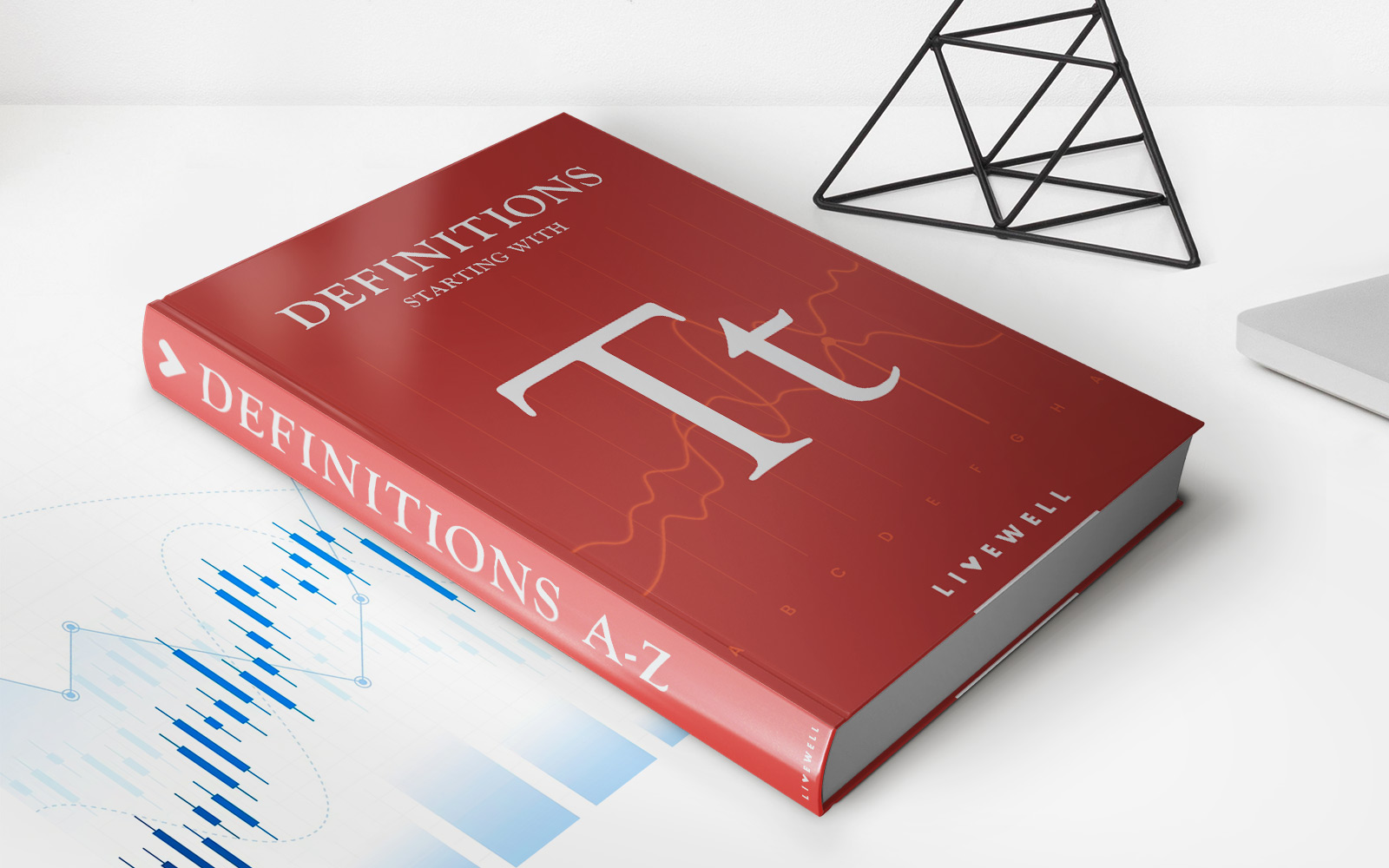

Finance
Form 3903: Moving Expenses Definition
Published: November 27, 2023
Looking to understand the definition of Form 3903 for moving expenses? Our finance experts have you covered with all the information you need.
(Many of the links in this article redirect to a specific reviewed product. Your purchase of these products through affiliate links helps to generate commission for LiveWell, at no extra cost. Learn more)
Understanding Form 3903: Moving Expenses Definition – A Comprehensive Guide
Welcome to the finance category of our page! In this blog post, we will delve into the specifics of Form 3903: Moving Expenses Definition. If you’re considering a move or have recently relocated for a job, understanding this form is crucial. Not only will it help you navigate the process smoothly, but it can also potentially save you money. So, let’s dive in and demystify the world of moving expenses!
Key Takeaways:
- Form 3903 is used to claim moving expenses as a deduction on your federal income tax return.
- Qualified moving expenses include transportation costs, storage fees, and travel expenses.
When it comes to moving expenses, Form 3903 is your go-to document. It allows you to claim deductions on your federal income tax return for eligible moving costs. By deducting these expenses, you can potentially reduce your taxable income and ultimately save money on your taxes.
So, what exactly qualifies as a moving expense? To qualify under the IRS guidelines, the relocation must meet the following criteria:
- The move must be closely related to the start of work.
- Your new workplace must be at least 50 miles farther from your previous home than your old workplace was.
- You must be employed full-time for at least 39 weeks during the first 12 months after you arrive in the general area of your new job location.
Now, let’s take a closer look at the specific moving expenses that can be claimed on Form 3903:
- Transportation Costs: This includes expenses related to the transportation of your household goods and personal effects, such as hiring a moving company, renting a truck, or fuel costs if you’re moving yourself.
- Storage Fees: If you need to temporarily store your belongings during the move, expenses related to storage facility fees can be claimed.
- Travel Expenses: This involves costs incurred while traveling from your old home to your new home, including lodging, meals, and transportation.
It’s important to note that there are limitations on the deductibility of moving expenses. The deductions are subject to certain thresholds and restrictions, so it’s recommended to consult with a tax professional or refer to the official IRS guidelines for detailed information.
To claim your moving expenses on Form 3903, you’ll need to gather supporting documentation, such as invoices, receipts, and any other relevant records. Remember to keep these documents in a safe place in case of an IRS audit.
In conclusion, understanding Form 3903 and the moving expenses definition is vital if you’re planning to deduct your relocation costs on your tax return. By taking advantage of this deduction, you can potentially save money and ease the financial burden of moving. Just ensure that you meet the IRS requirements and keep accurate records to support your claim.
We hope this comprehensive guide has shed light on the topic and empowers you to confidently navigate the complexities of Form 3903. If you have any further questions, feel free to reach out to our finance experts for assistance!














